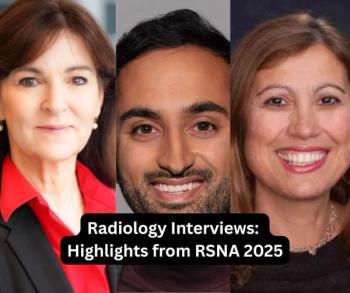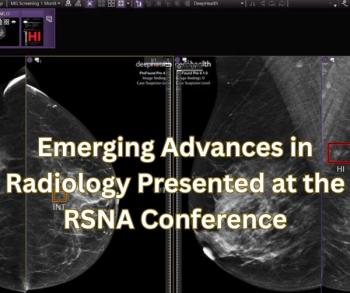
LDCT Screening for Lung Cancer? This Aid Can Help Decide
Web-based decision tool in development to help high-risk patients decide if they want to undergo low dose CT screening for lung cancer.
A web-based decision-making tool for lung cancer screening (LCS) may help patients at high risk for lung cancer from smoking, say researchers from the University of Kentucky and the University of Miami.
While the National Lung Screening Trial (NLST) found that low-dose CT screening (LDCT) among people at high risk for lung cancer showed a 20 percent relative reduction in lung cancer mortality as compared to chest radiography, the report also noted substantial risks and limitations to LDCT, which include overdiagnosis and high false positive rates. The concern now is that patients may not be properly equipped to decide for or against LCS. The researchers’ proposed project is to develop a web-based decision aid that will help patients decide whether to undergo LCS.
“Screening is for asymptomatic healthy people to find out there’s something wrong,” Jamie Studts, PhD, researcher at the University of Kentucky, said in a release. “You are committing to a series of events that will lead to either learning you don’t have cancer, or detecting it and treating it.”[[{"type":"media","view_mode":"media_crop","fid":"26735","attributes":{"alt":"low dose lung CT","class":"media-image media-image-right","id":"media_crop_7067090008529","media_crop_h":"0","media_crop_image_style":"-1","media_crop_instance":"2526","media_crop_rotate":"0","media_crop_scale_h":"0","media_crop_scale_w":"0","media_crop_w":"0","media_crop_x":"0","media_crop_y":"0","style":"height: 142px; width: 150px; border-width: 0px; border-style: solid; margin: 1px; float: right;","title":" ","typeof":"foaf:Image"}}]]
The decision-making aid will provide information to the patients and empower the patients to talk to their physicians and make their decisions with the relevant information. A third objective involves clarifying the patient’s values: their personal preferences regarding screening and treatment. “The goal is to help people interpret what they learn in the context of what’s important to them regarding their goals in health,” Studts said. “They will learn about lung cancer screening options, benefits, harms, and uncertainties associated with the modality.”
A clinical trial for the decision aid will be held in Florida and Kentucky.
Newsletter
Stay at the forefront of radiology with the Diagnostic Imaging newsletter, delivering the latest news, clinical insights, and imaging advancements for today’s radiologists.




























